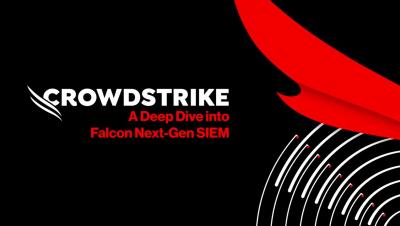How Can Someone Use My Credit Card Without Having It?
According to Experian, there have been approximately 416,000 reported cases of credit card fraud so far in 2024. Credit card fraud occurs when someone uses your credit card to make purchases without your permission by impersonating you. Someone can use your credit card without physical access by stealing your credit card number through credit card skimming, shoulder surfing, phishing and hacking.










